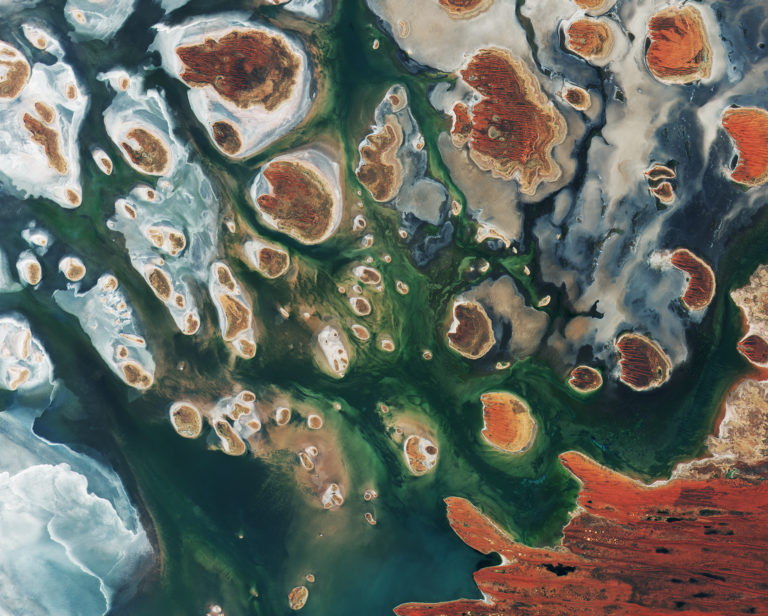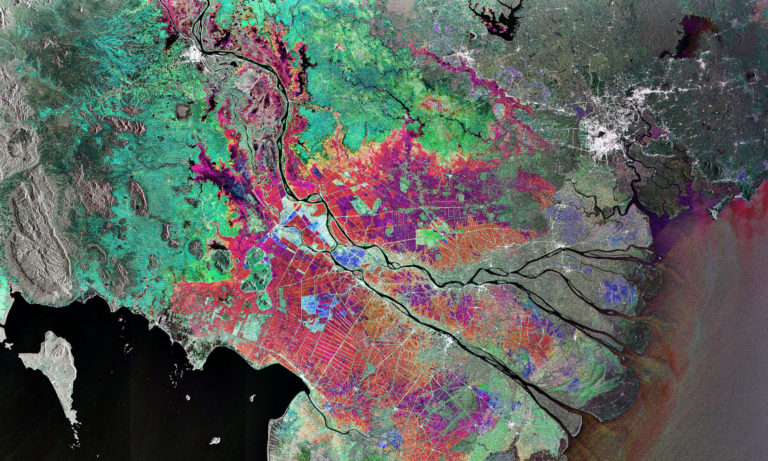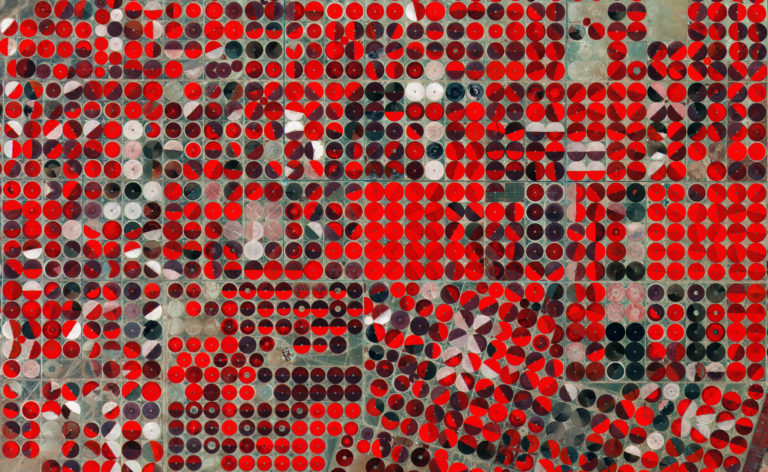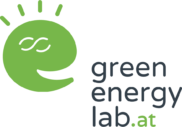Analysis of satellite data and automated detection of windthrow or windsnap will allow faster work organization after the harmful events. The availability of such solutions and technology will allow the industry to predict the quantity of timber trade resulting in reduced volatilities that follow such events, which in turn will improve the organization and processes behind damaged wood processing, capacity planning in wood logistics and the subsequent commercialization activities.
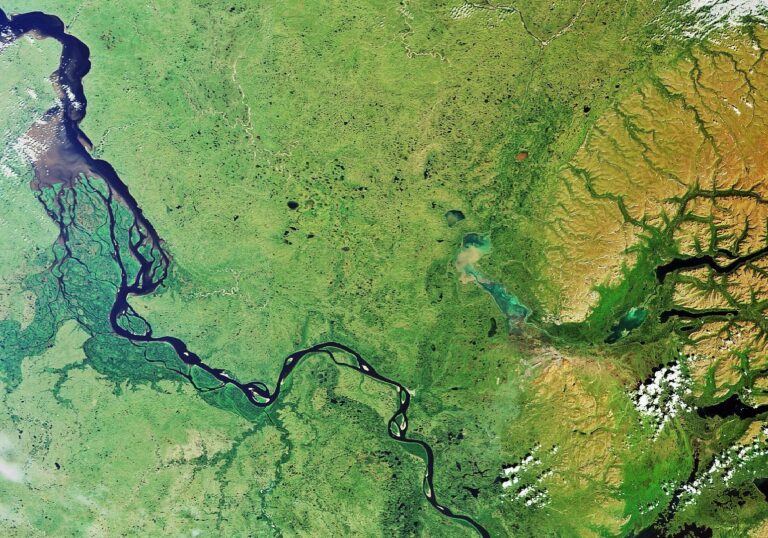
In the engineering design of a wind farm, the determination of the wind potential and the continuous yield forecast, manual activities in the field of modelling and simulation are currently cost determining. In practice, the merging of different data sources into a consistent 3D model and the individual simulation and evaluation are the decisive cost factors. For this reason, rasterized data of pre-defined roughness classes are to be generated from satellite data and made accessible via an easy-to-control, well-documented, stable, open-standard-based interface (API) that will reduce manual work when merging data for modelling.
